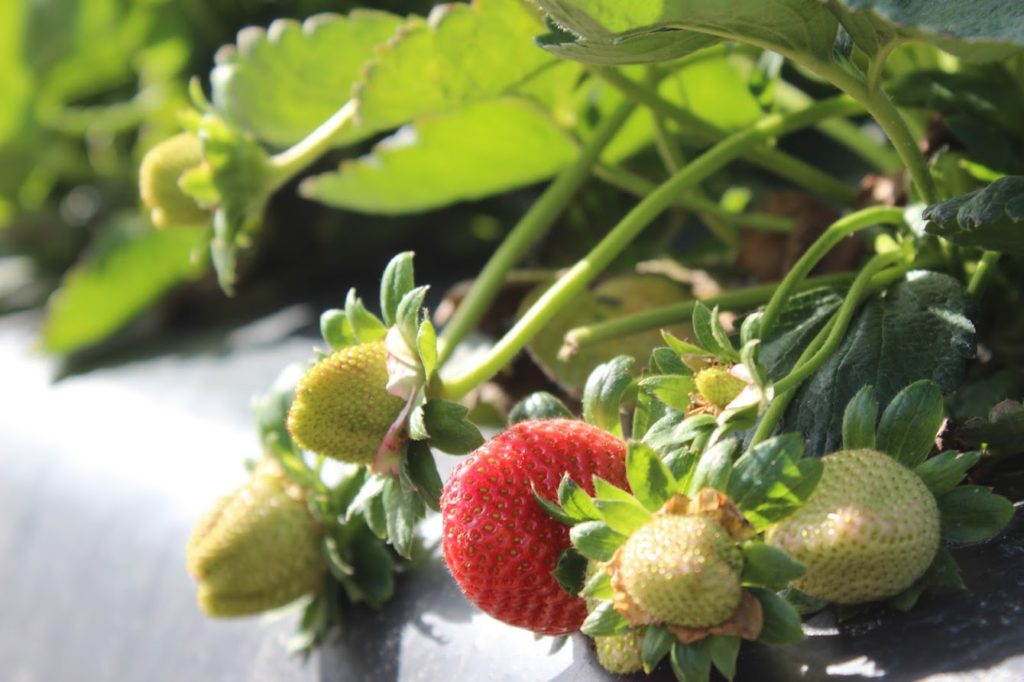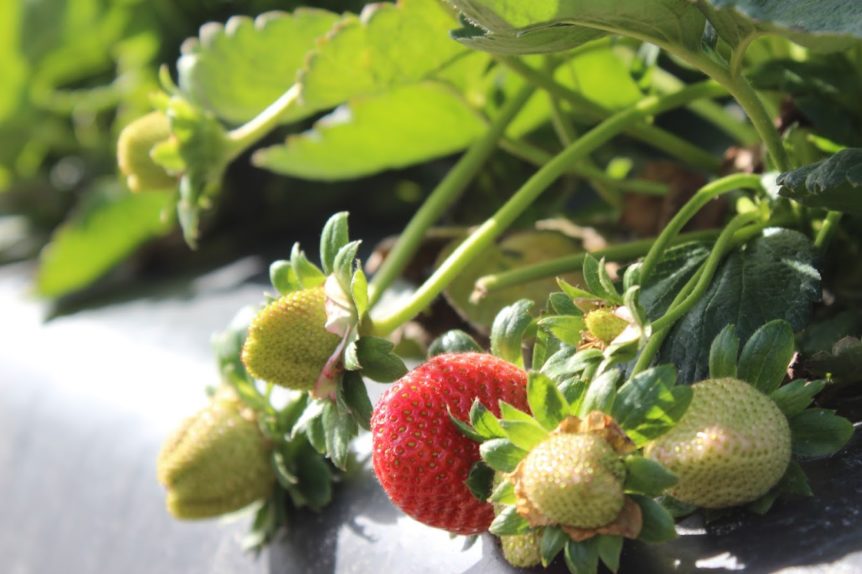
By Clint Thompson
Supply overwhelmed demand in the strawberry industry in March. As a result, the subsequent market did not respond favorably for Florida growers.
Matt Parke, farm manager of Parkesdale Farms in Plant City, Florida, stopped harvesting his crop on March 17, because he was going to lose more money harvesting the crop than if he had just stopped.
“Market was horrible. Everything just ran together between us, and California pushed hard, and Baja pushed hard. It was a lot of berries at once. Between everybody I imagine it was close to two million boxes a day,” Parke said. “The USDA was reporting (prices at) $6 to $8 (per box), but it was more along the lines of $3 or price after sale. There was good business on the retail side, but anything that wasn’t sold in retail was going to the open market. The open market was so saturated, they were just like, ‘Please take them.’ You were lucky if you got $3 back.”
What was more discouraging was how much crop Parke had left in the field.
“I had 1,000 flats to the acre, probably,” he said. “I hadn’t had to stop this early in seven years, besides the COVID year when they shut us off right when the pandemic happened. Other than that, we hadn’t had to stop early in a long time.”
Weather impacted Florida strawberry production. Cooler temperatures combined with excessive rains slowed the crop considerably. It led to too much supply at the wrong time.
“The weather we had pushed our berries back to coincide with California. California came early this year, and we came late. It was just a catastrophe,” Parke said. “We would have had a better go at it if we were a little bit earlier.”










